From Picasso to Fontana: Collecting Modern and Postwar Art in the Eisendrath Years, 1960–1968
Barney A. Ebsworth Gallery
In the 1960s works by some of the most significant European artists of the first half of the twentieth century—including Georges Braque, Henri Matisse, and Pablo Picasso, as well as seminal contemporary figures, such as Alberto Burri, Lucio Fontana, Pierre Soulages, and Antoni Tàpies—were donated to or purchased for the Mildred Lane Kemper Art Museum (then the Washington University Gallery of Art). William N. Eisendrath Jr., served as curator and later the first director of the Museum during this period, shepherding the collection as it grew to include over fifty new acquisitions of European modernism and cutting-edge post-World War ll abstraction. Among the works that entered the collection at this time is Pablo Picasso's Women of Algiers, Variation N (1955), one of a series of fifteen paintings that Picasso made after Eugène Delacroix's well-known painting The Women of Algiers in their Apartment (1834) in the Musée du Louvre in Paris. A gift of Etta Steinberg to commemorate the 1960 dedication of Washington University's Steinberg Hall, it demonstrated the Museum's commitment to collecting contemporary European trends.
Building on the legacy of collecting and exhibiting art of the time established by his predecessors H. W. Janson and Frederick Hartt, Eisendrath presented a series of landmark international loan exhibitions that reinforced the significance of European and American modernism, including exhibitions of the work of Alexander Calder, Max Ernst, Wassily Kandinsky, and Paul Klee. Under his leadership, the Museum also hosted traveling exhibitions of some of the most experimental art of the post-World War ll period, bringing the work of a new generation of European and American abstract artists to the contemporary scene in St. Louis. These exhibitions encouraged donations of both European modernism and postwar abstraction by many prominent St. Louis collectors—including Morton D. May, Joseph Pulitzer, Jr., the Sydney M. Shoenberg family, Etta Steinberg, and Florence and Richard K. Weil, among others—significantly enriching the Museum's collection. Part of a series of exhibitions looking at the development of the Kemper Art Museum's collection in the 1940s, the 1950s, and now the 1960s, this exhibition presents, on view together for the first time, the seminal artworks that entered the collection under Eisendrath's leadership.
Support for the exhibition is provided by the William T. Kemper Foundation, the Hortense Lewin Art Fund, the Yeatman Fund, and members of the Mildred Lane Kemper Art Museum.
Selected works

Afro
Il Giardino della Speranza (The Garden of Hope)
1954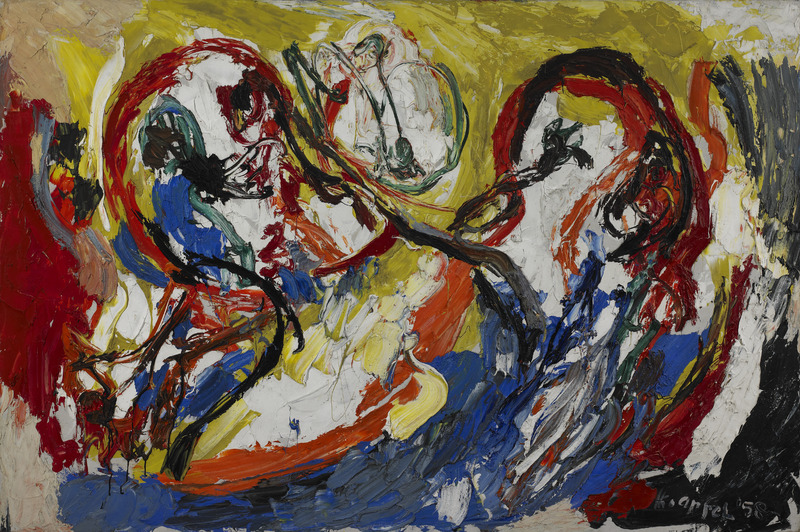
Karel Appel
Heads in Space (Abstraction)
1958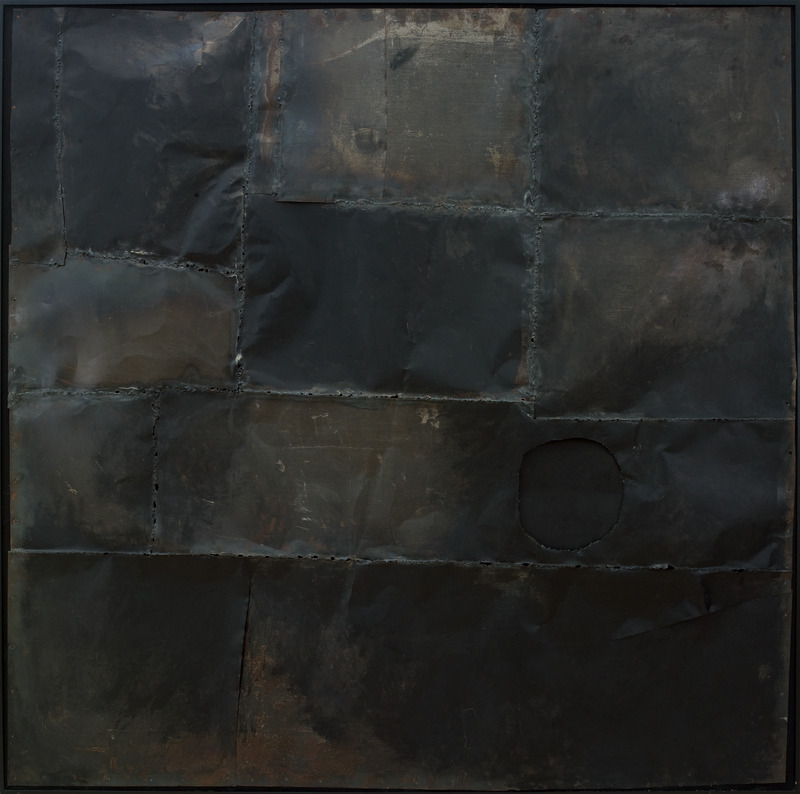
Alberto Burri
Grande Ferro M1
1958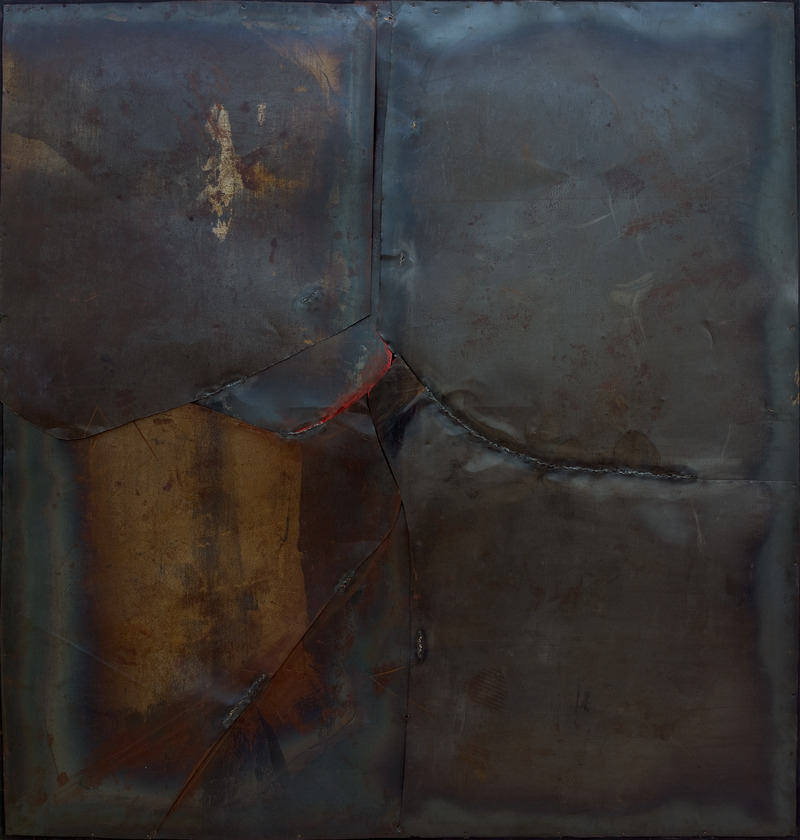
Alberto Burri
Grande Ferro M3
1959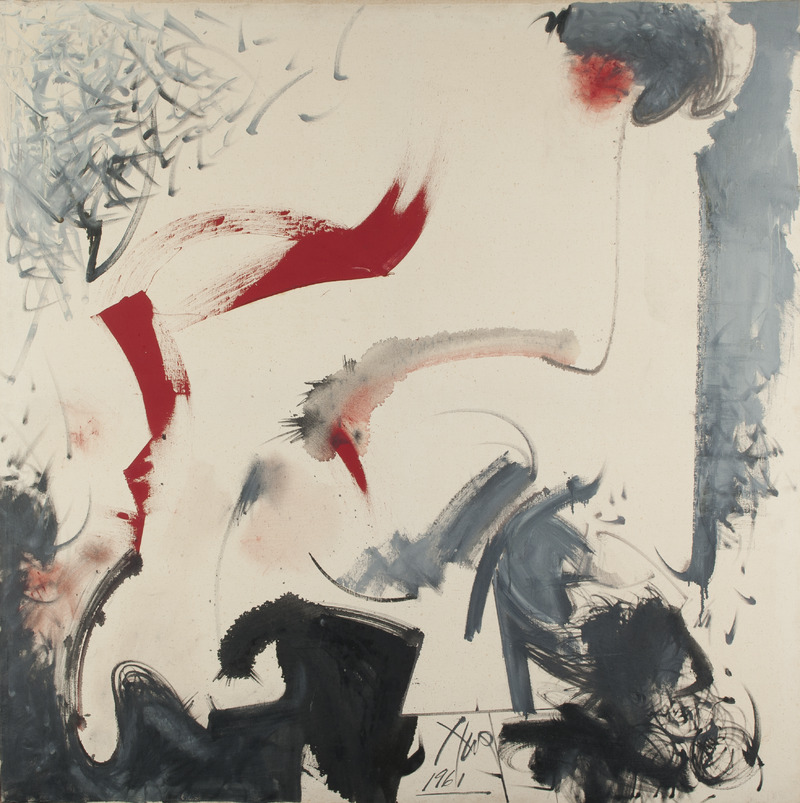
Hassel Wendell Smith, Jr.
Number 11
1961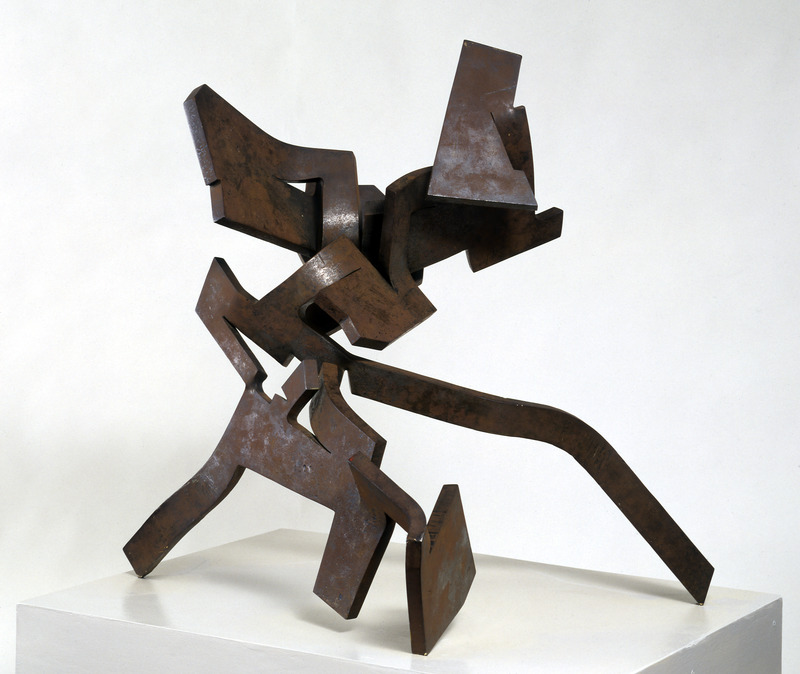
Eduardo Chillida
Rumor de limites #4 (Rumor of Limits #4)
1960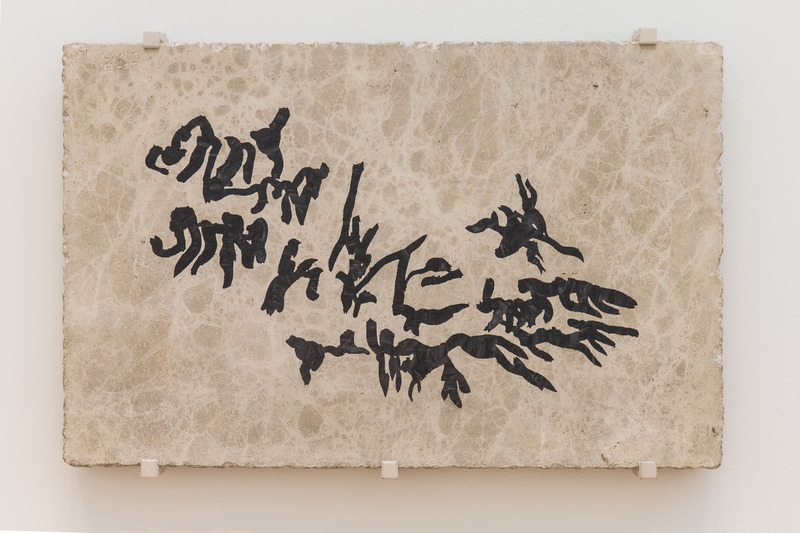
Eduardo Chillida
Plaque No. 2
1957
Pietro Consagra
Racconto di Marinaio (A Mariner's Tale)
1961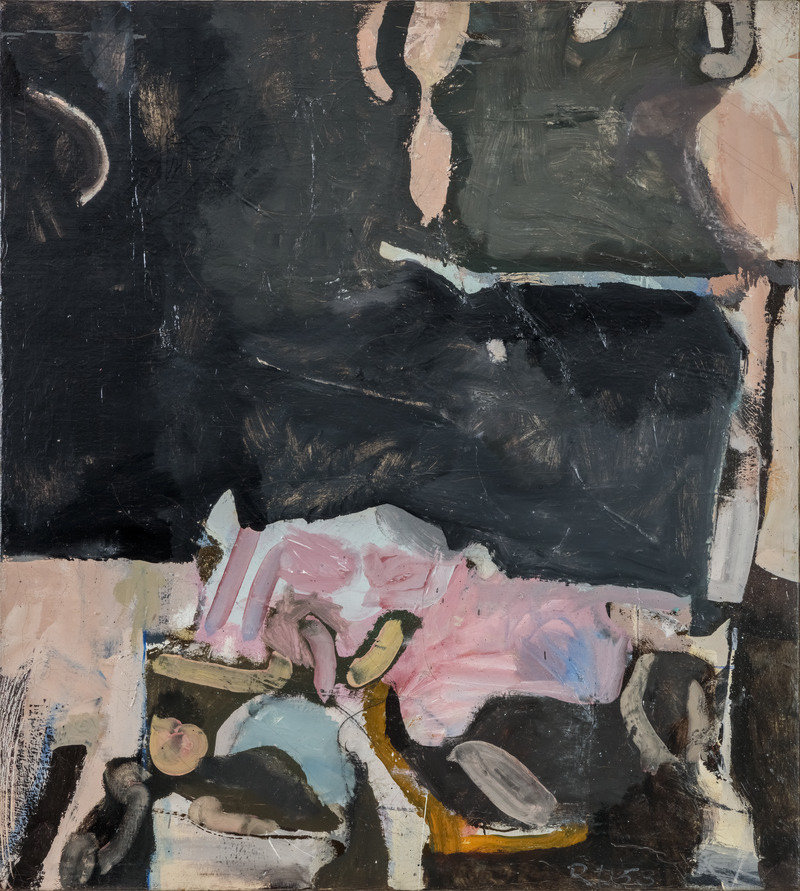
Richard Diebenkorn
Berkeley #7
1953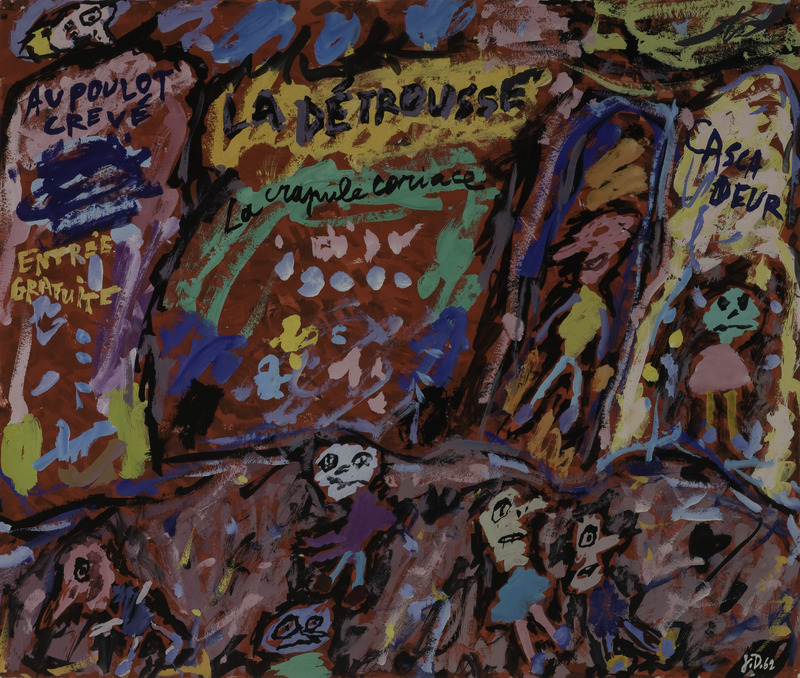
Jean Dubuffet
La détrousse (The Pickpocketing)
1962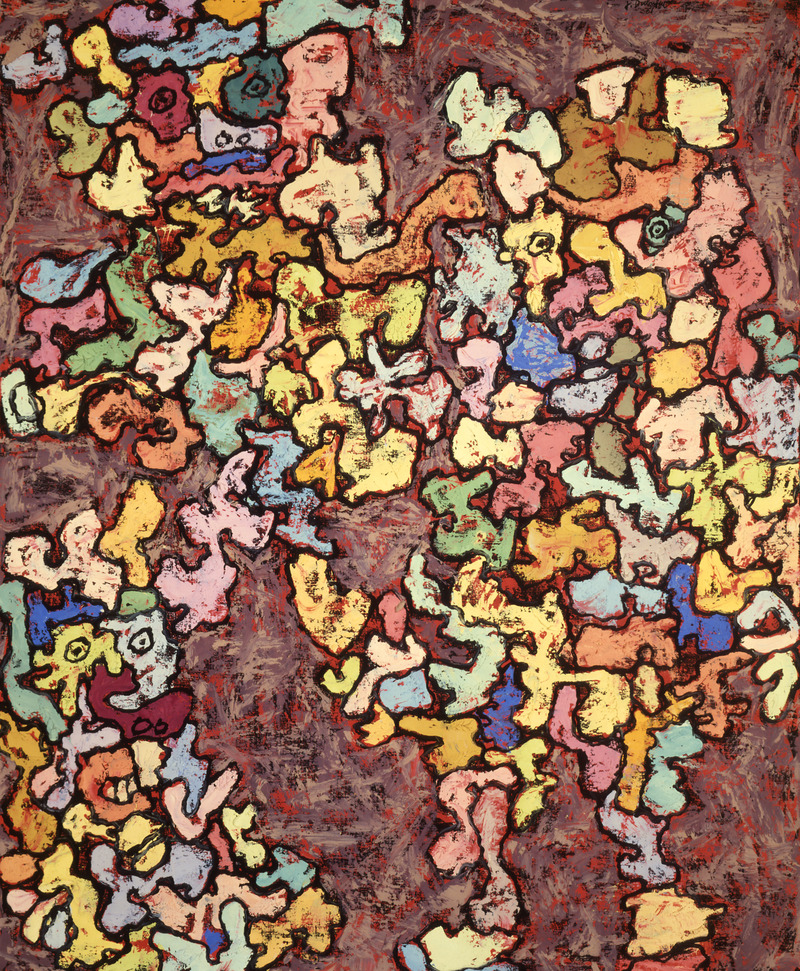
Jean Dubuffet
Actes légendaires (Legendary Acts)
1961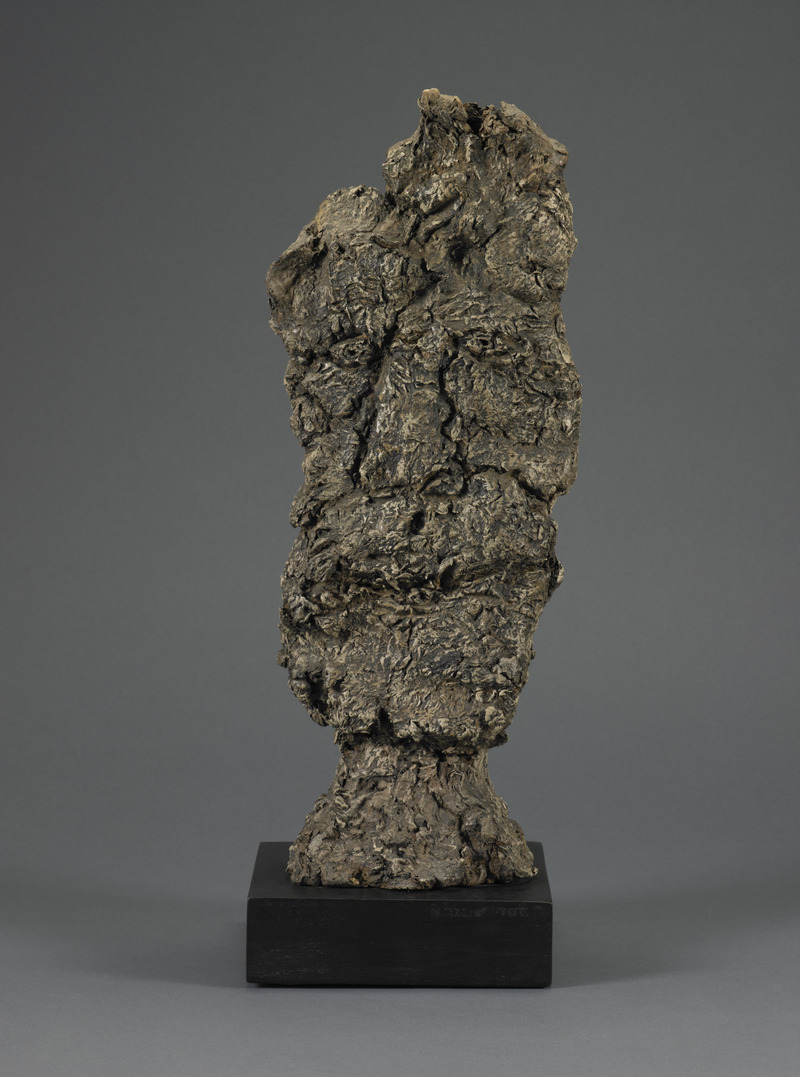
Jean Dubuffet
Poches aux yeux (Bags under the Eyes)
1959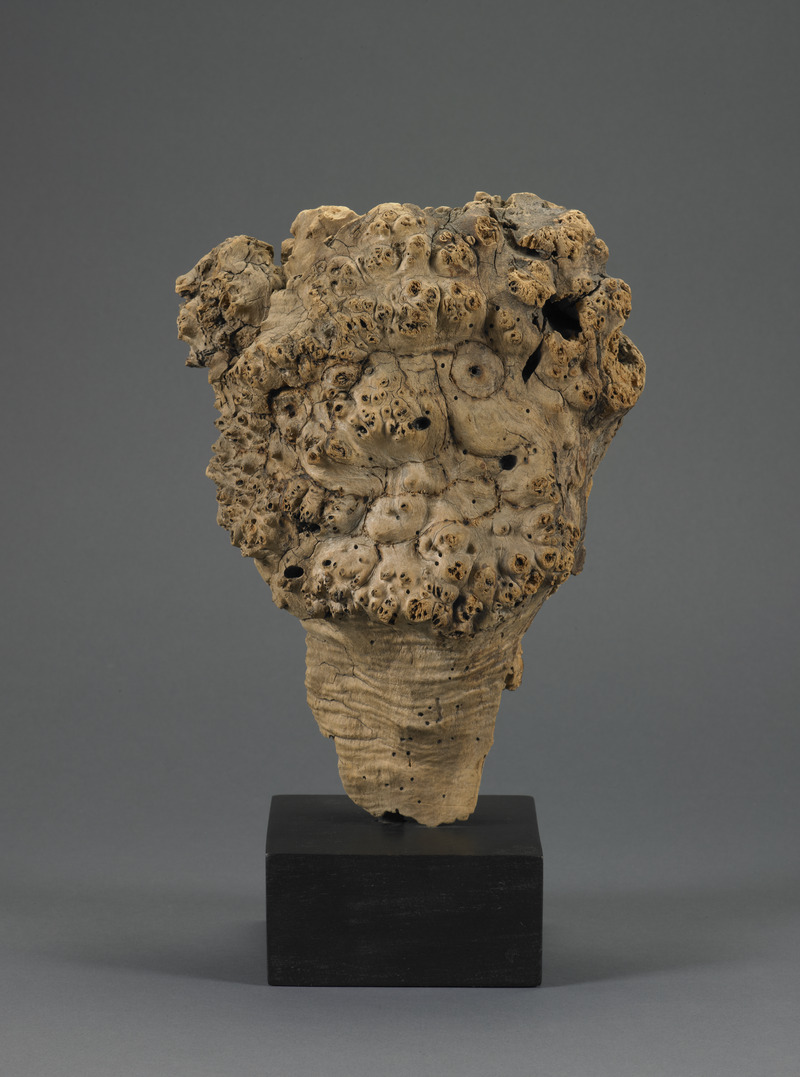
Jean Dubuffet
Tête barbue (Bearded Head)
1959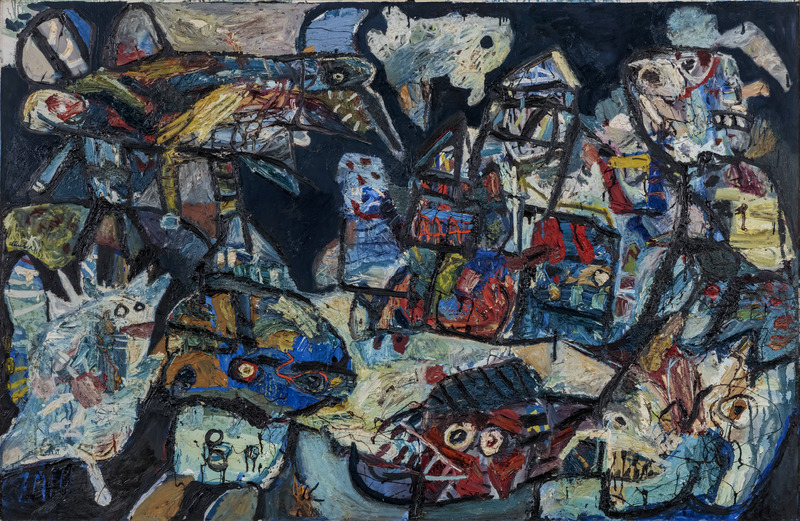
Lucebert
The Menaced House
1962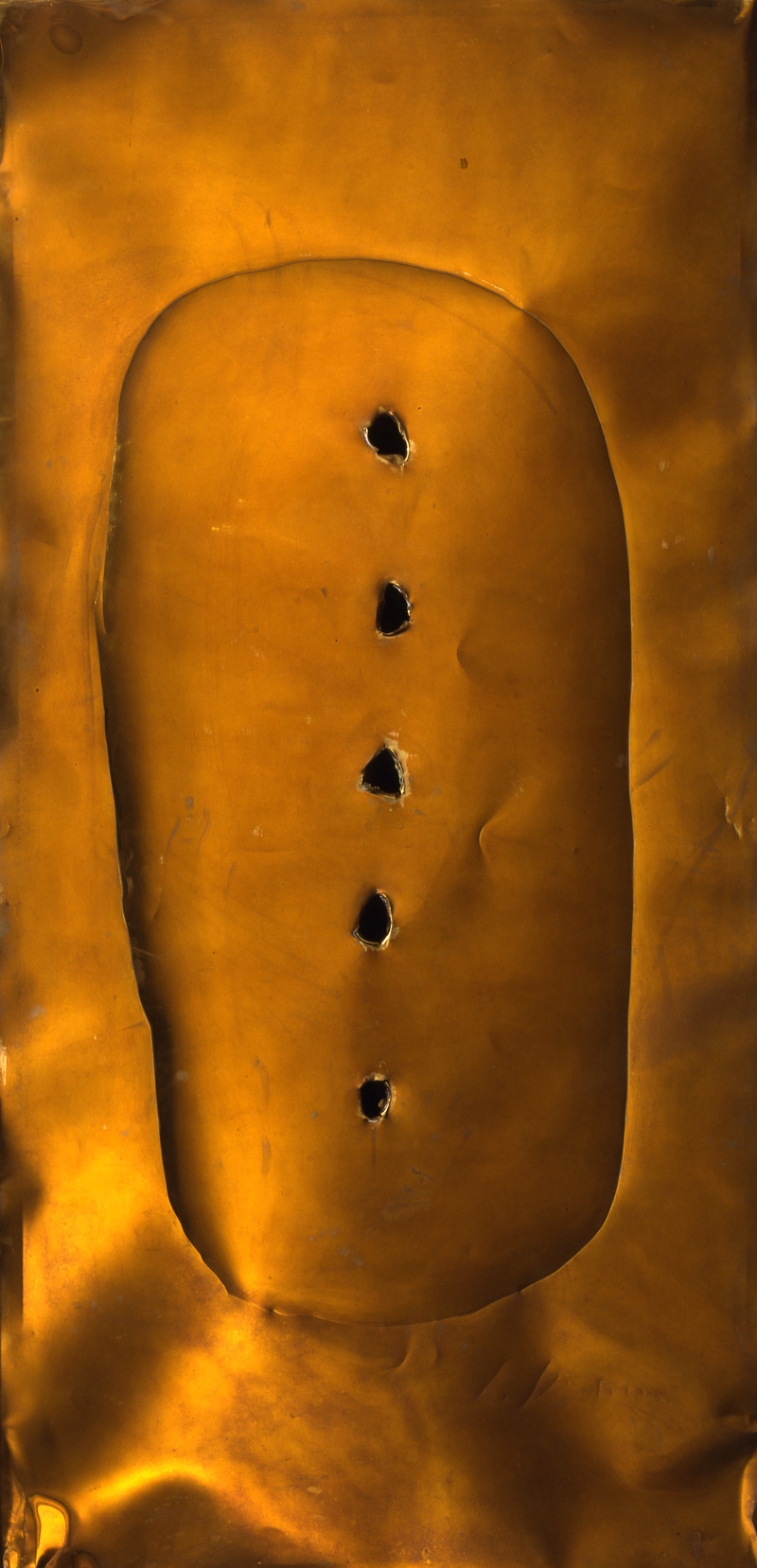
Lucio Fontana
Spatial Concept, New York 22
1962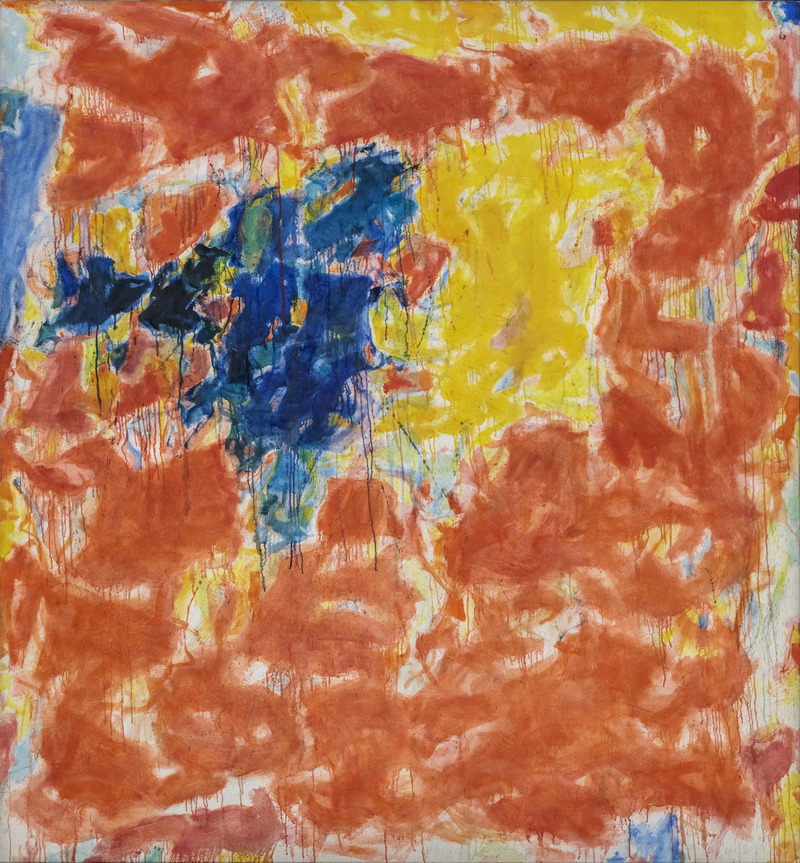
Sam Francis
Arcueil
1956 / 1958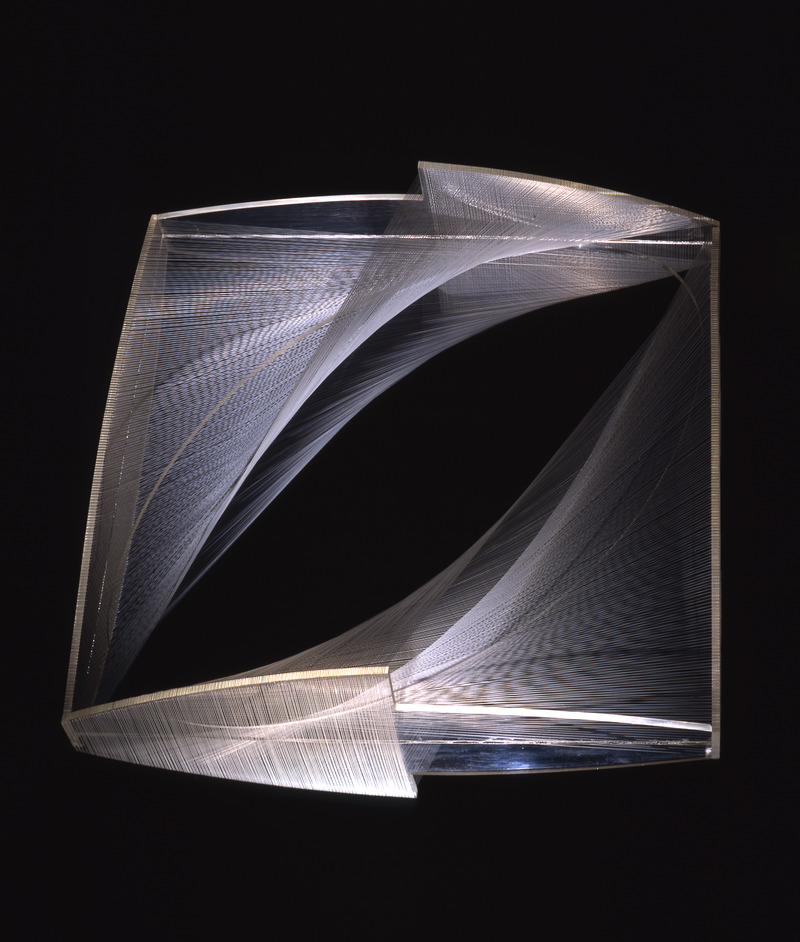
Naum Gabo
Linear Construction in Space No.1 (Variation)
1942–43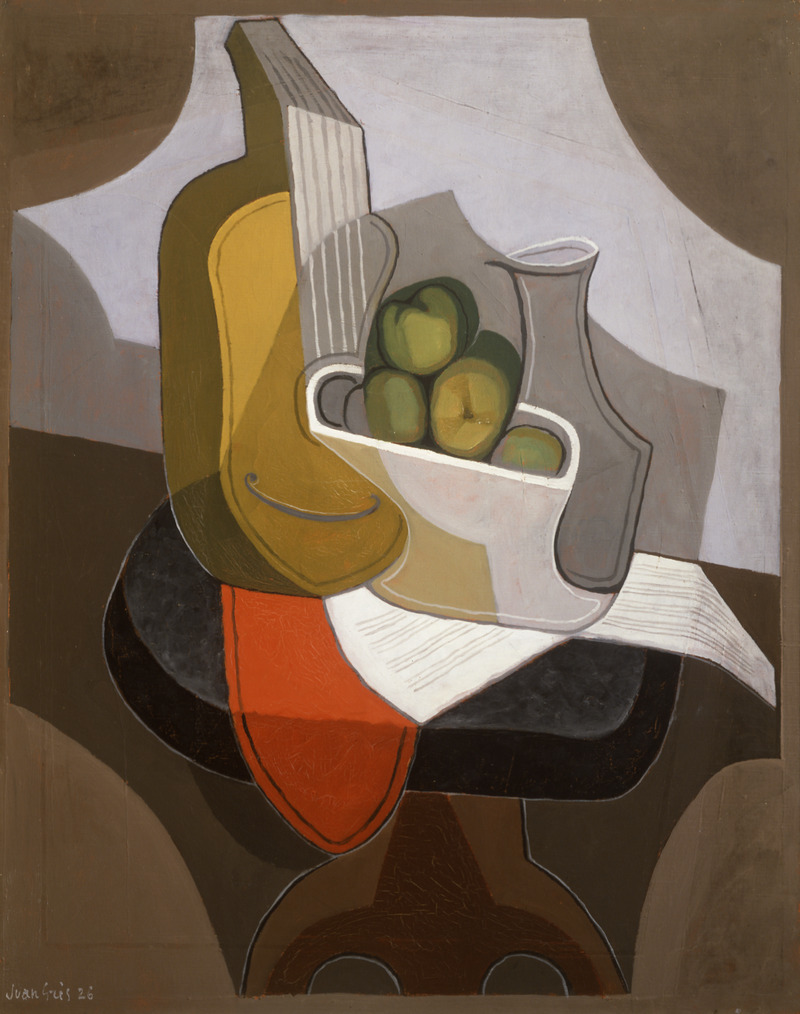
Juan Gris
Still Life: Table with Red Cloth
1926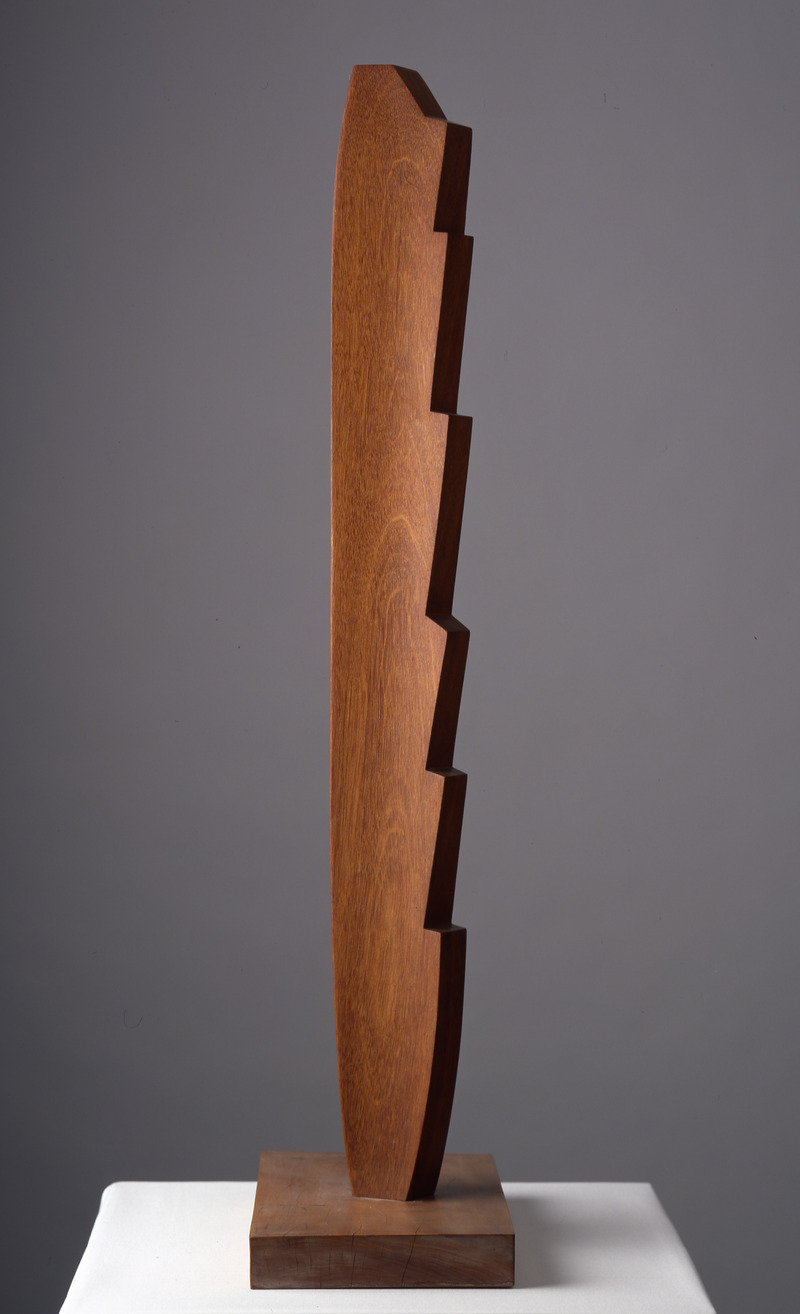
Barbara Hepworth
Vertical Form
1955–56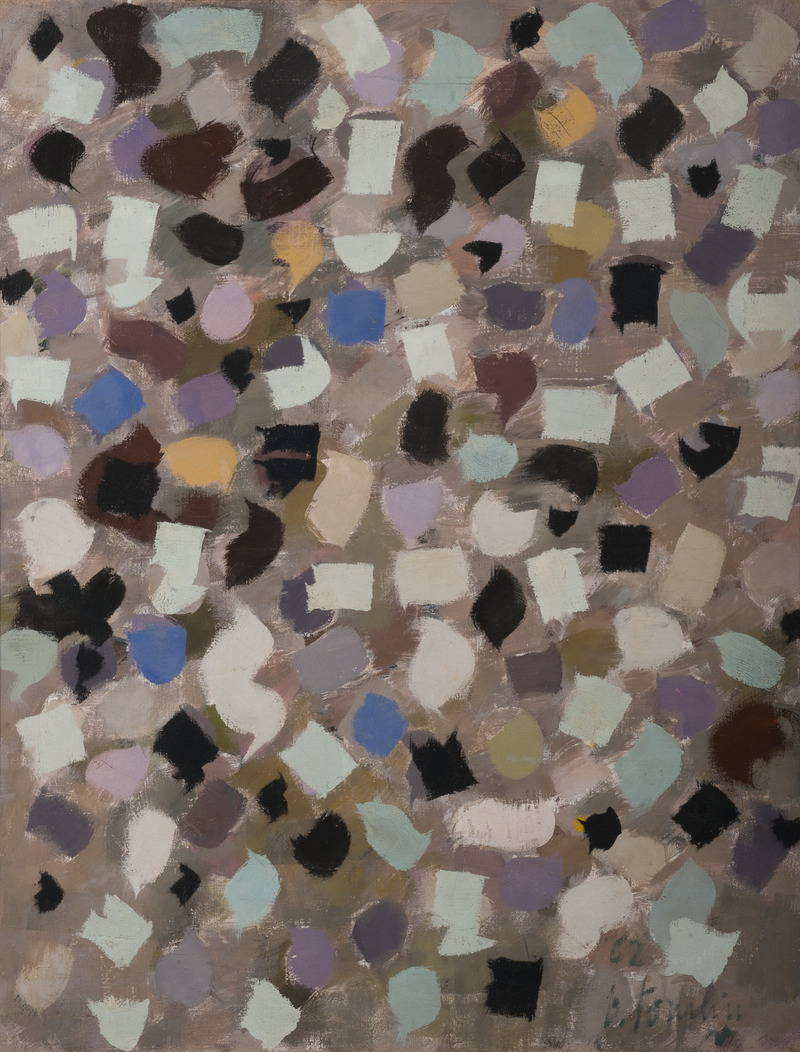
Bradley Walker Tomlin
Abstraction No. 6
1952–53
Barbara Hepworth
Involute II
1956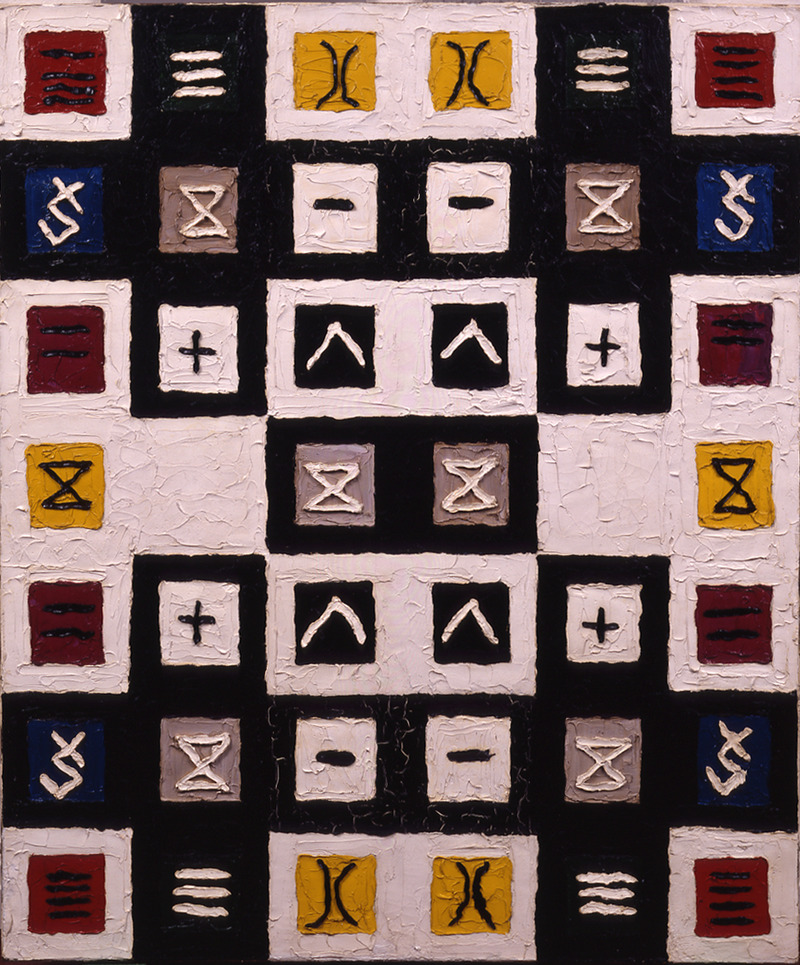
Alfred Jensen
Great Mystery I [Chinese Origin of the Decimal System! External Placement.]
1960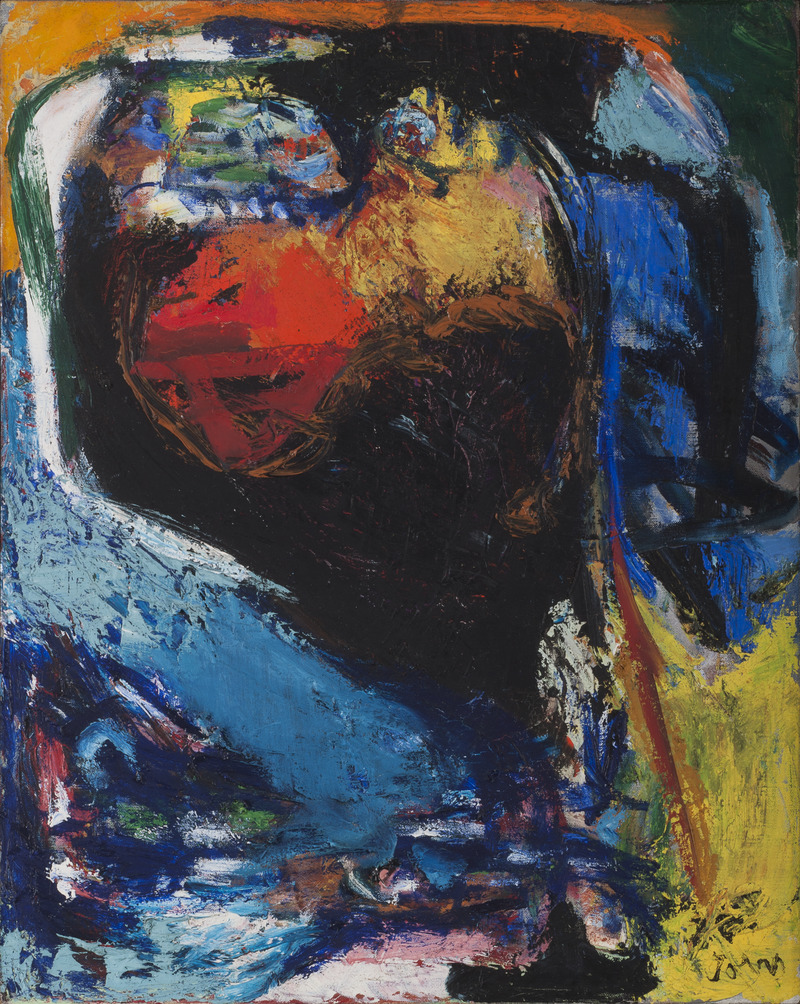
Asger Jorn
The Power and the Elite
1963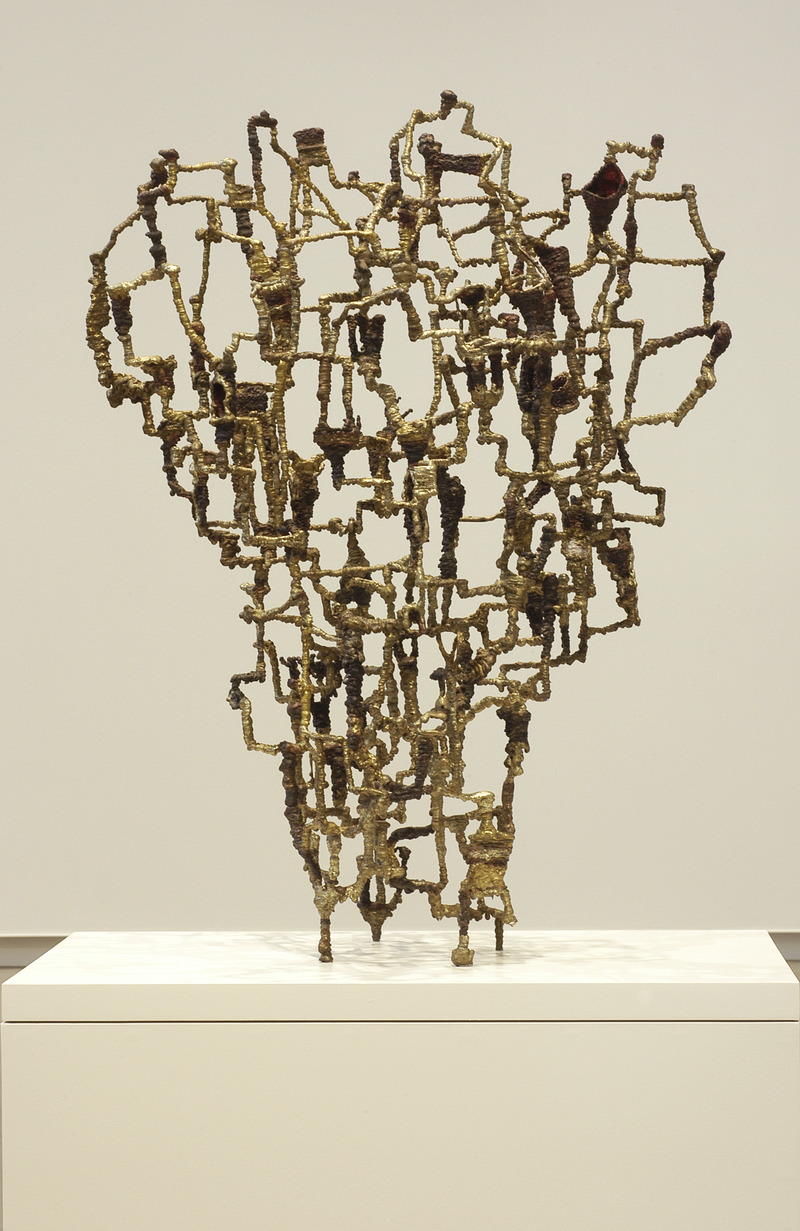
Ibram Lassaw
Eden Now
1959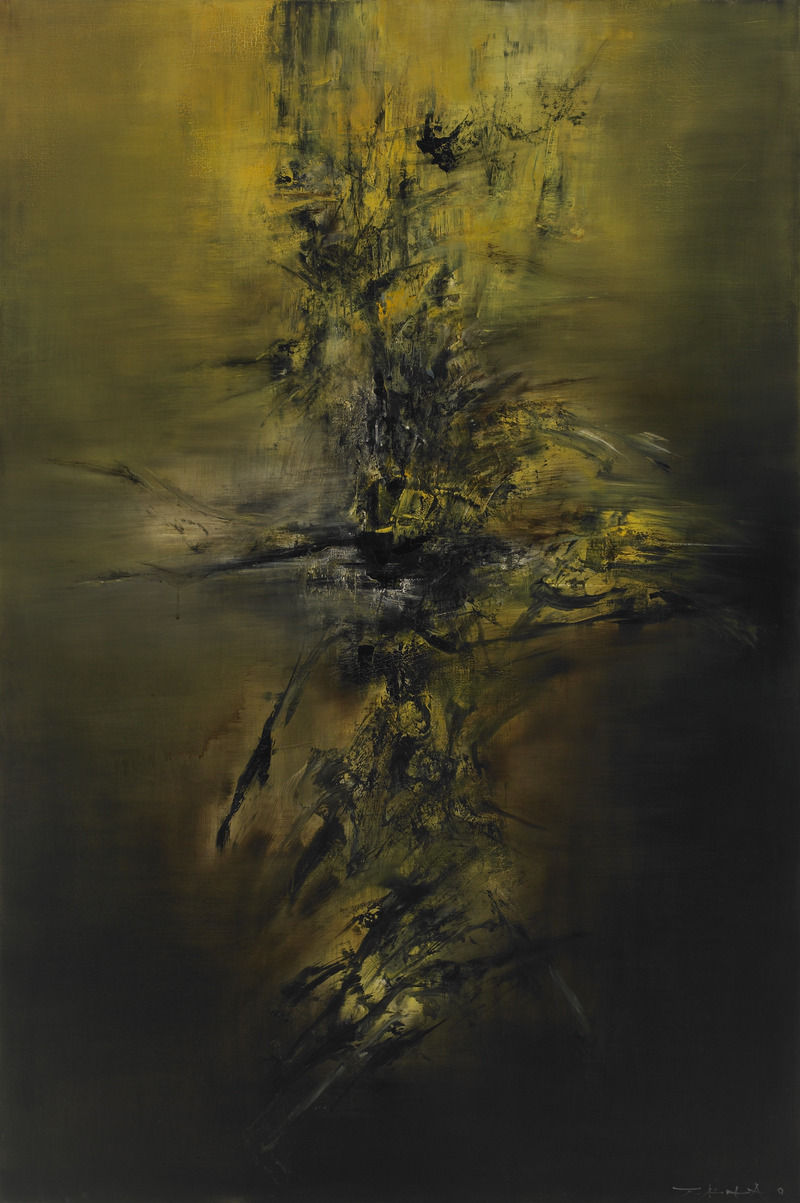
Zao Wou-Ki
28-10-60
1960
Renato Birolli
Memoria del Veneto (Memory of the Veneto)
1957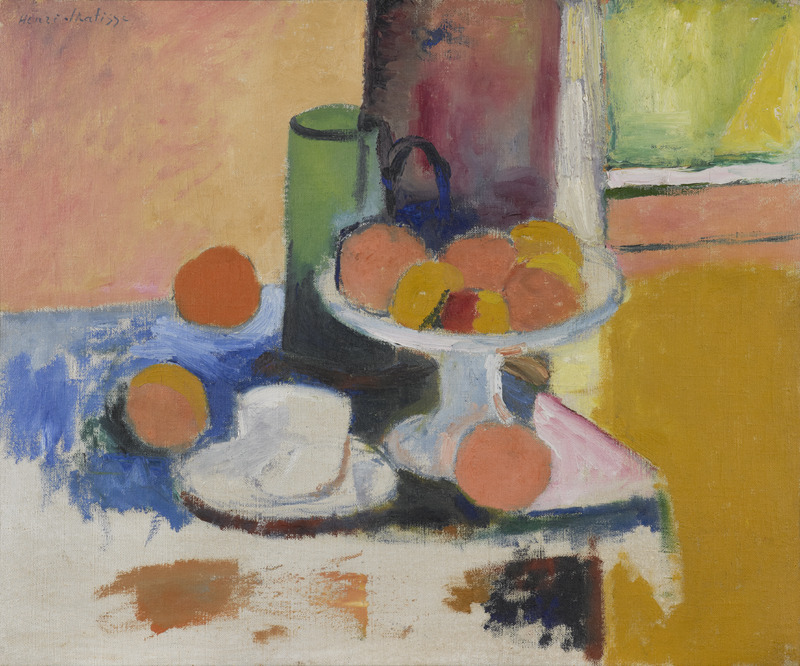
Henri Matisse
Nature morte aux oranges (II) (Still Life with Oranges [II])
c. 1899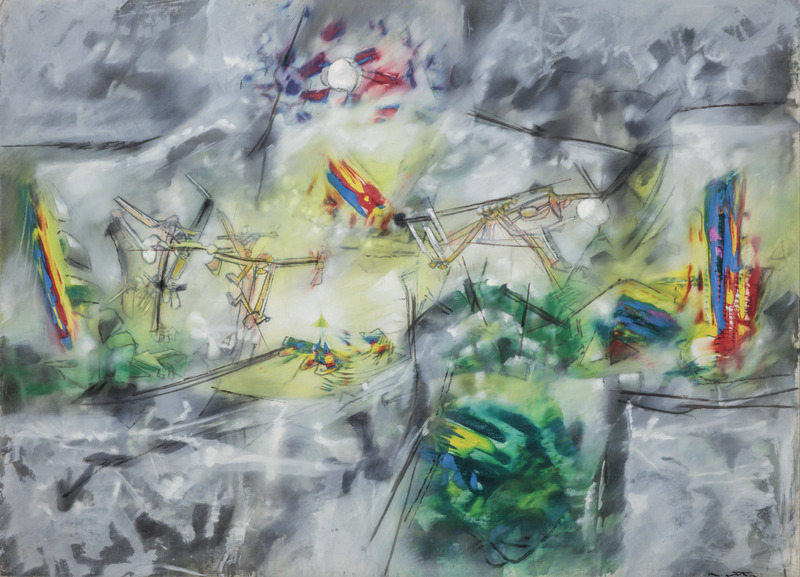
Roberto Matta
Abstraction
1959–60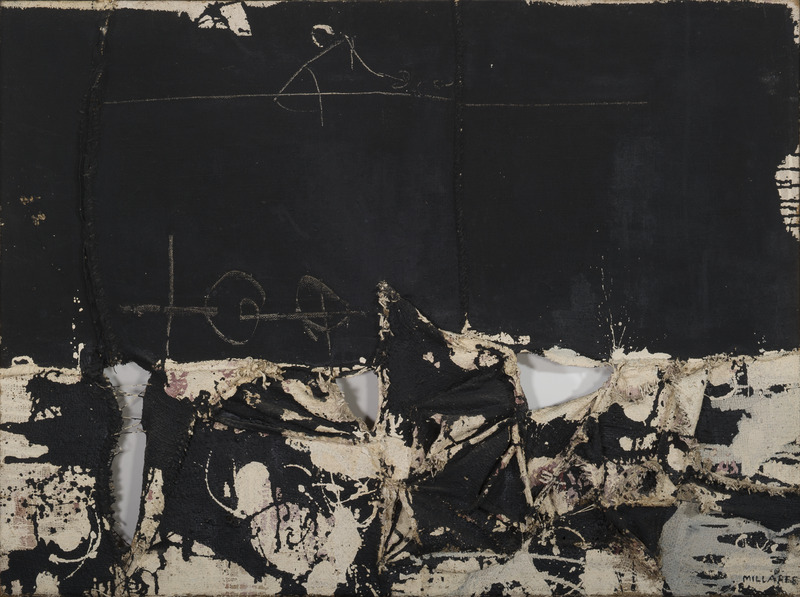
Manolo Millares
Cuadro No. 82 (Painting No. 82)
1960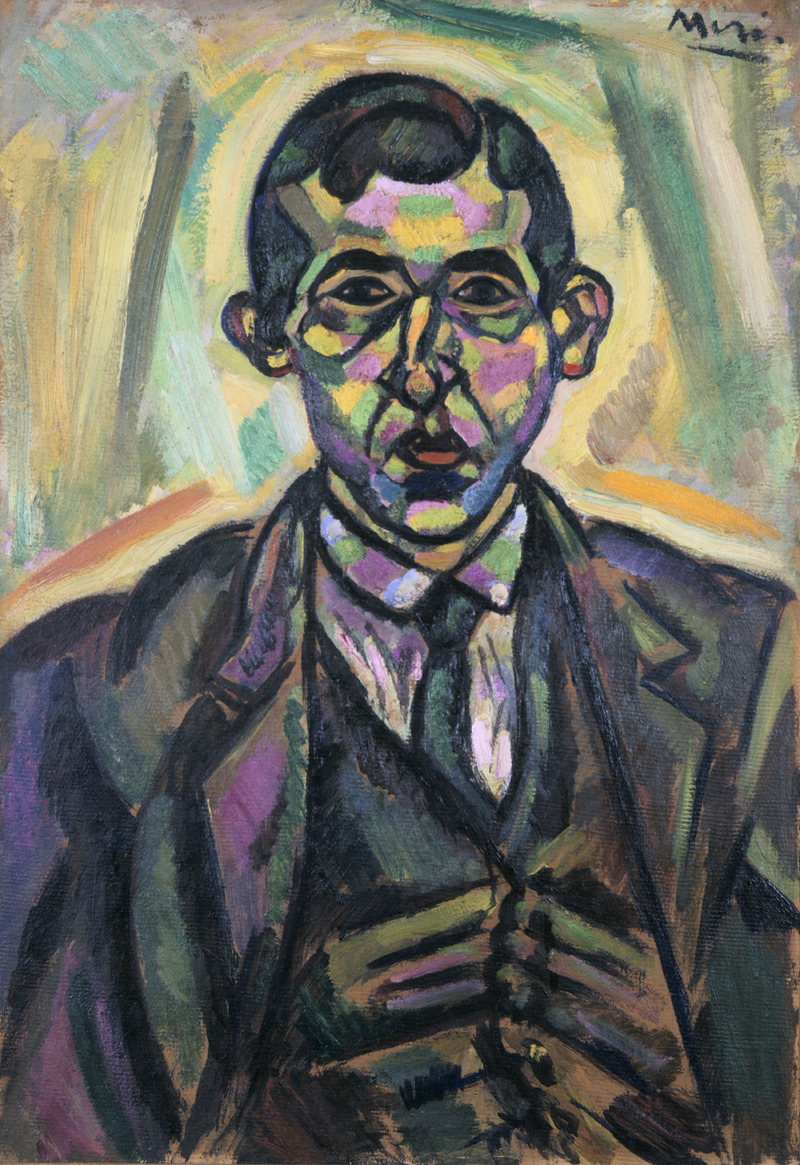
Joan Miró
Portrait of Josep F. Ràfols
1917
Joan Miró
Peinture (Painting)
1925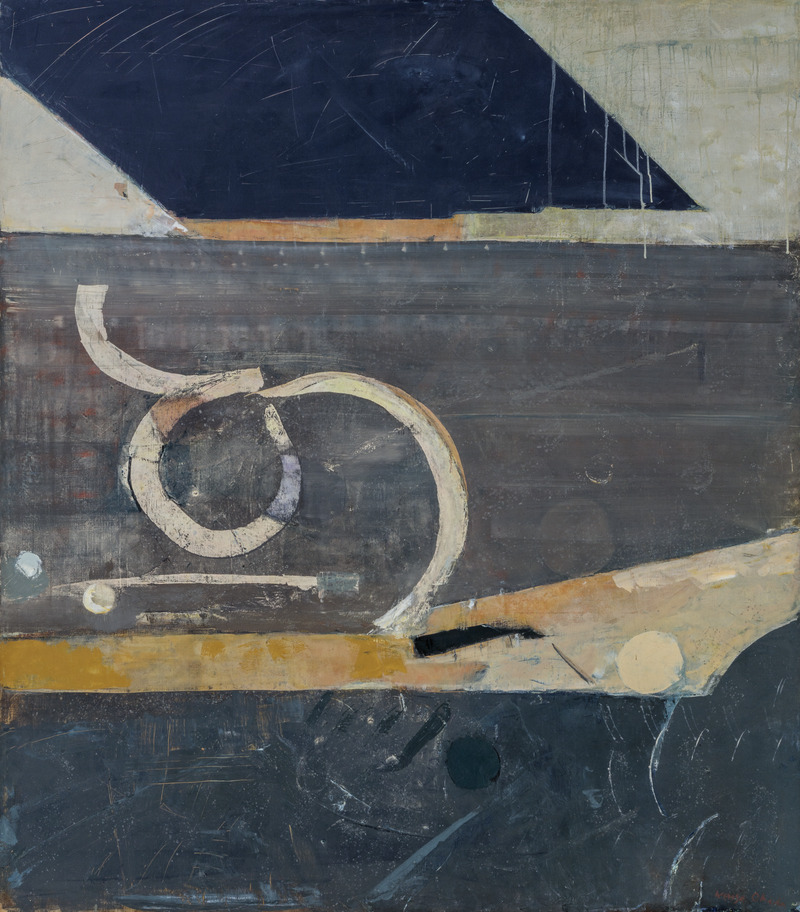
Kenzo Okada
Surge
1958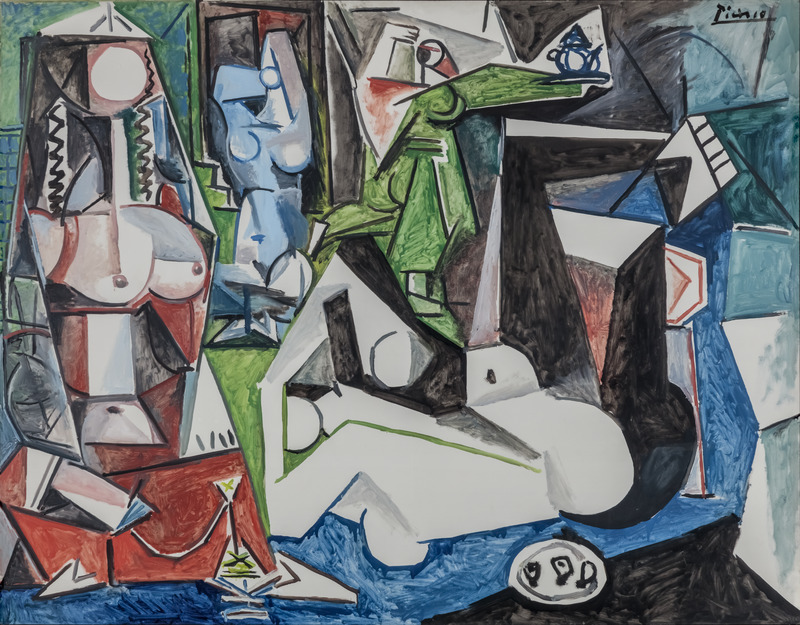
Pablo Picasso
Les femmes d'Alger (Women of Algiers), Variation N
1955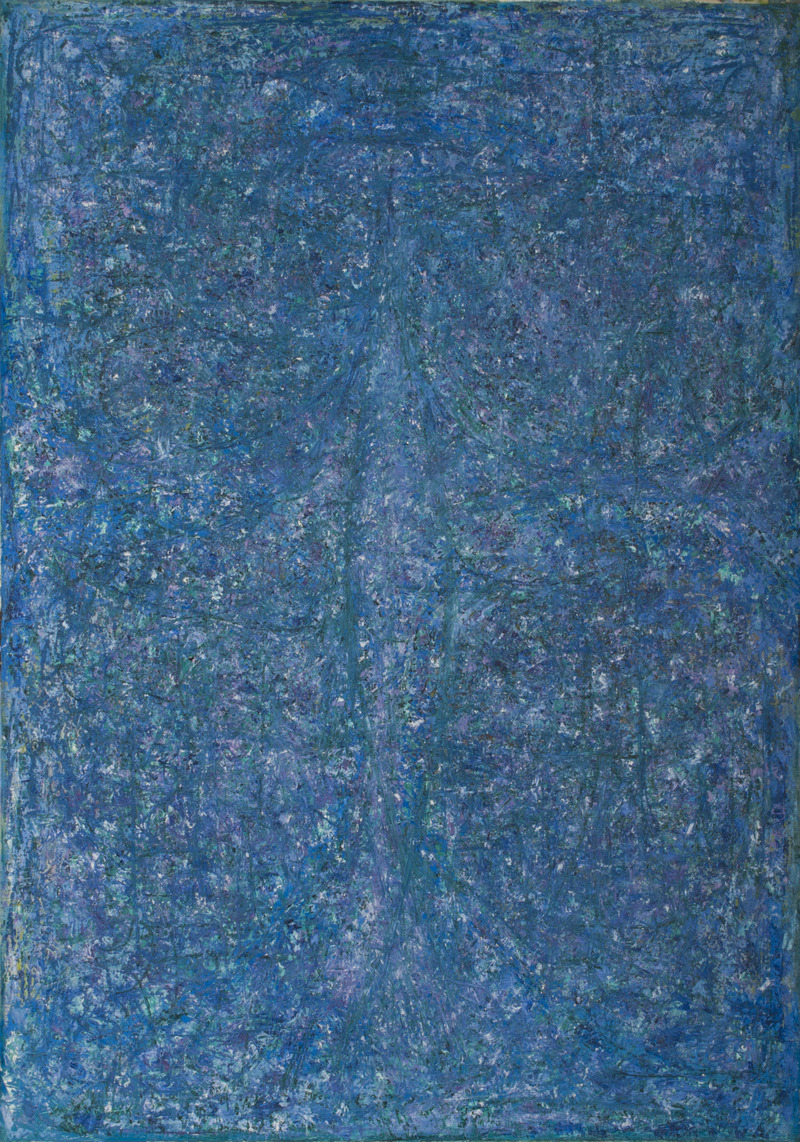
Richard Pousette-Dart
Blue Presence
1958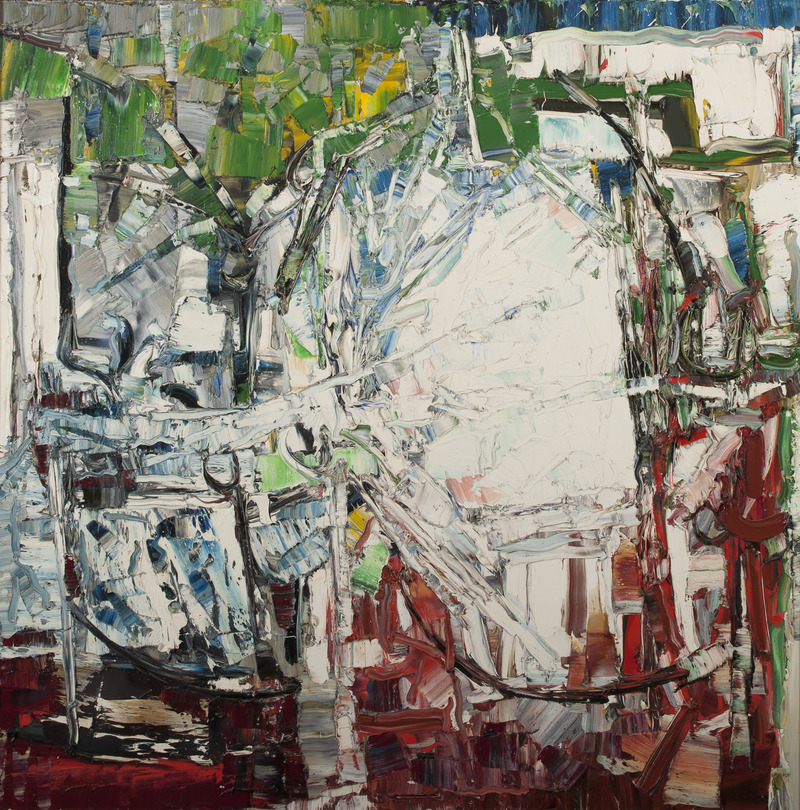
Jean Paul Riopelle
Abstraction
1964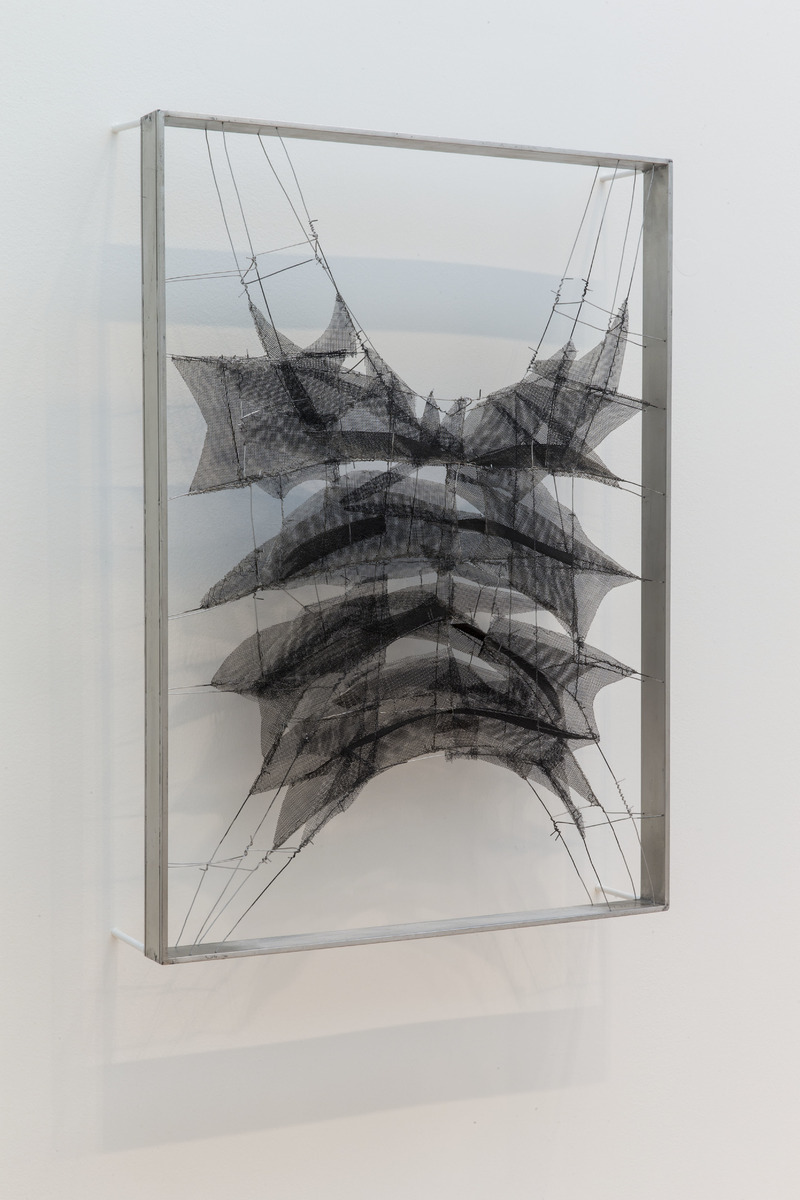
Manuel Rivera
Metamorfosis (Presencia)
1960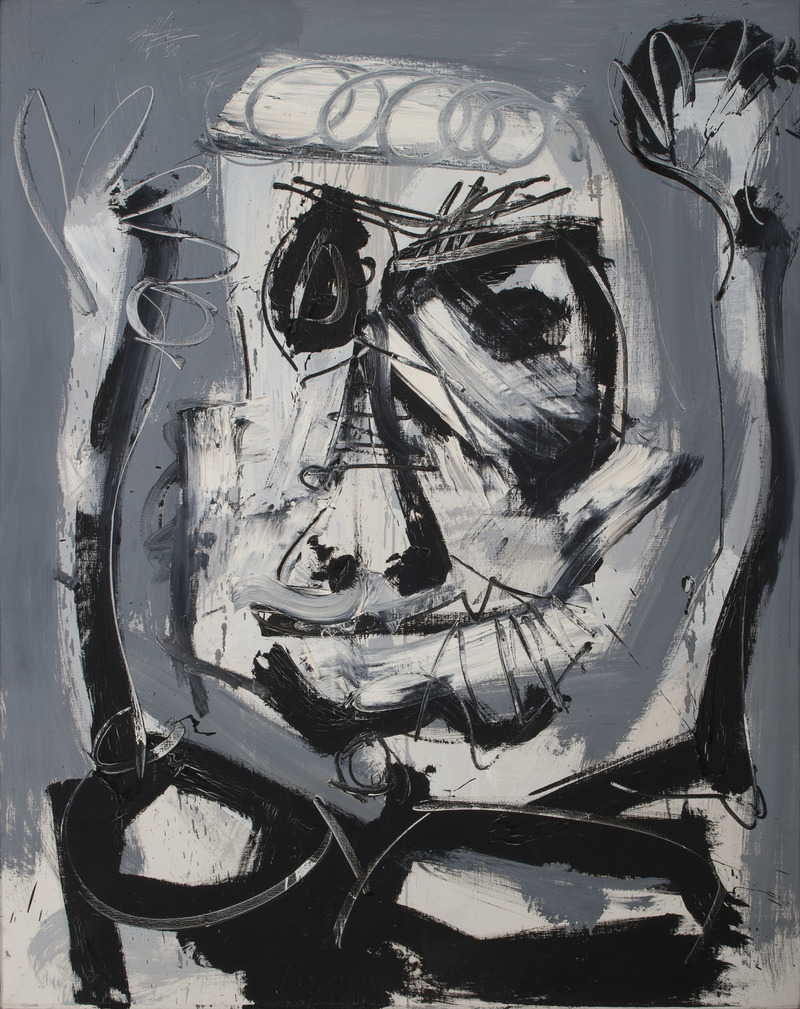
Antonio Saura
Gina
1958–59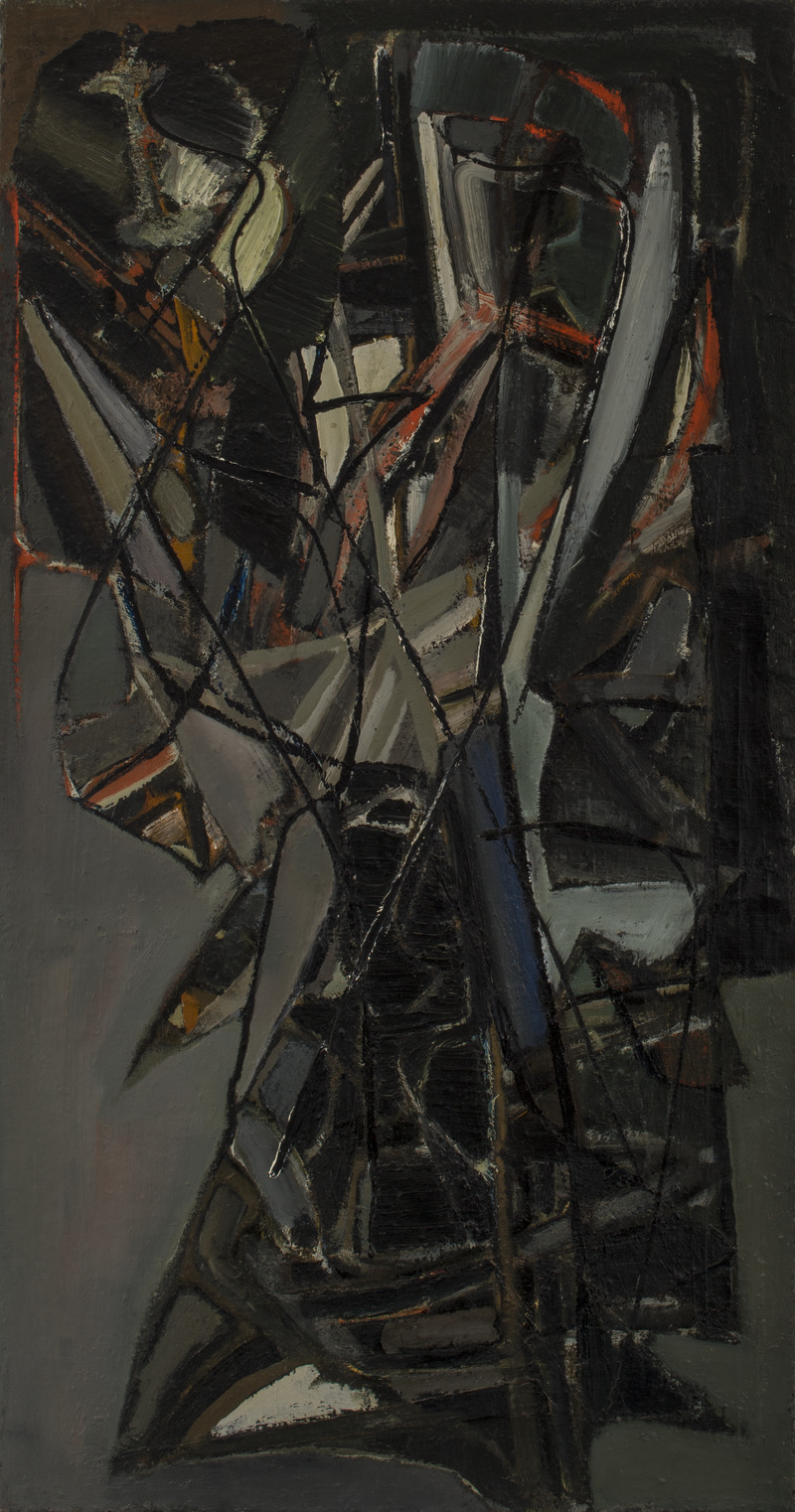
Nicolas de Staël
Composition
1946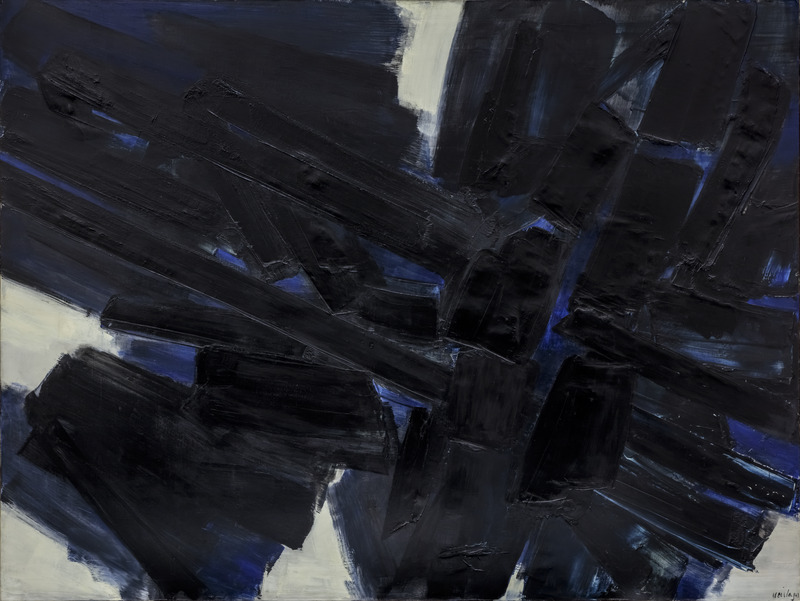
Pierre Soulages
Peinture 200 x 265 cm, 20 mai 1959 (Painting 200 x 265 cm, 20 May 1959)
May 20, 1959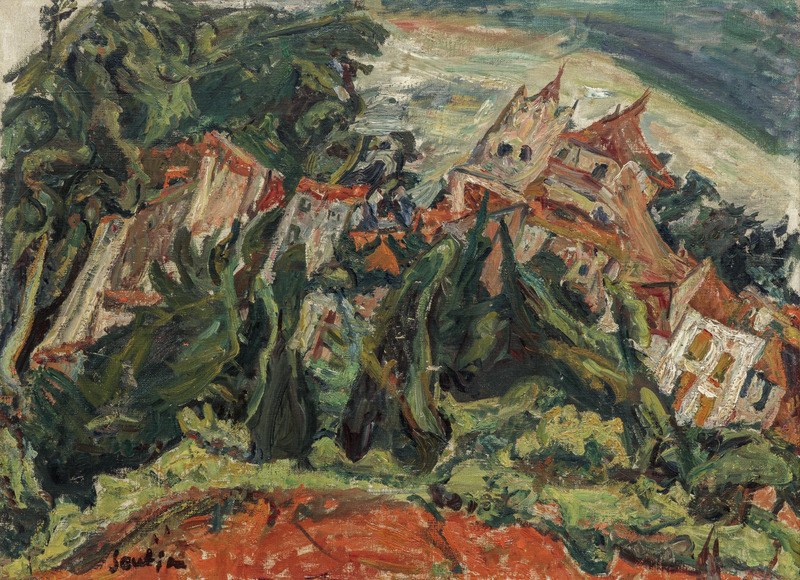
Chaim Soutine
Landscape with Church Tower (Saint-Pierre’s Church in Céret)
c. 1919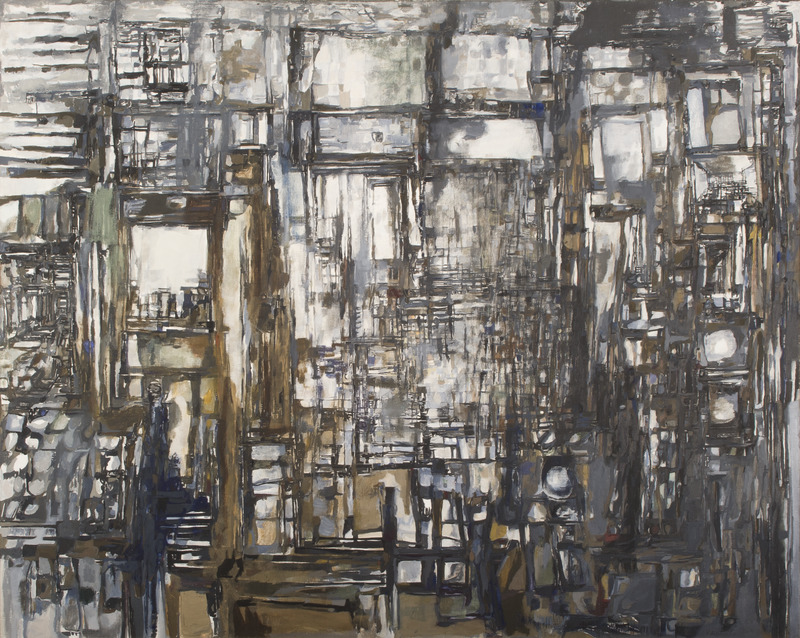
Maria Helena Vieira da Silva
Le grand atelier (The Large Studio)
1958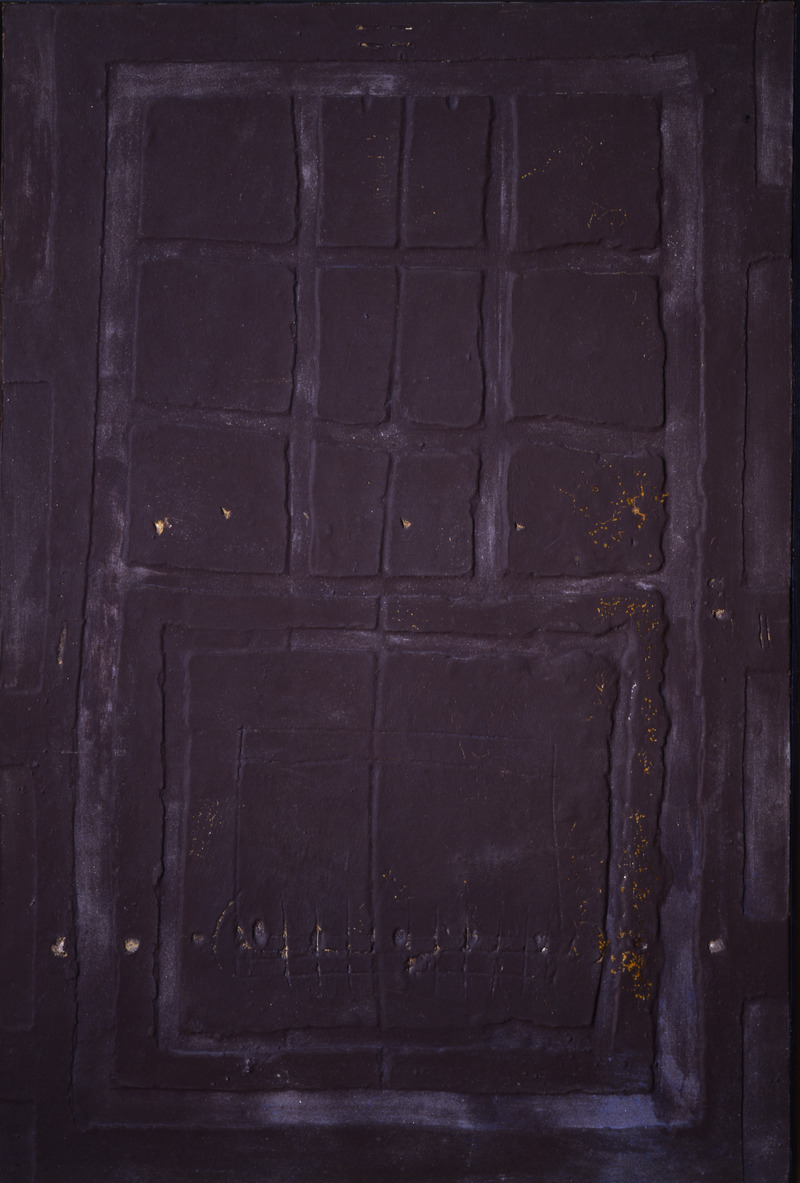
Antoni Tàpies
Porta Marró (The Spanish Door)
1959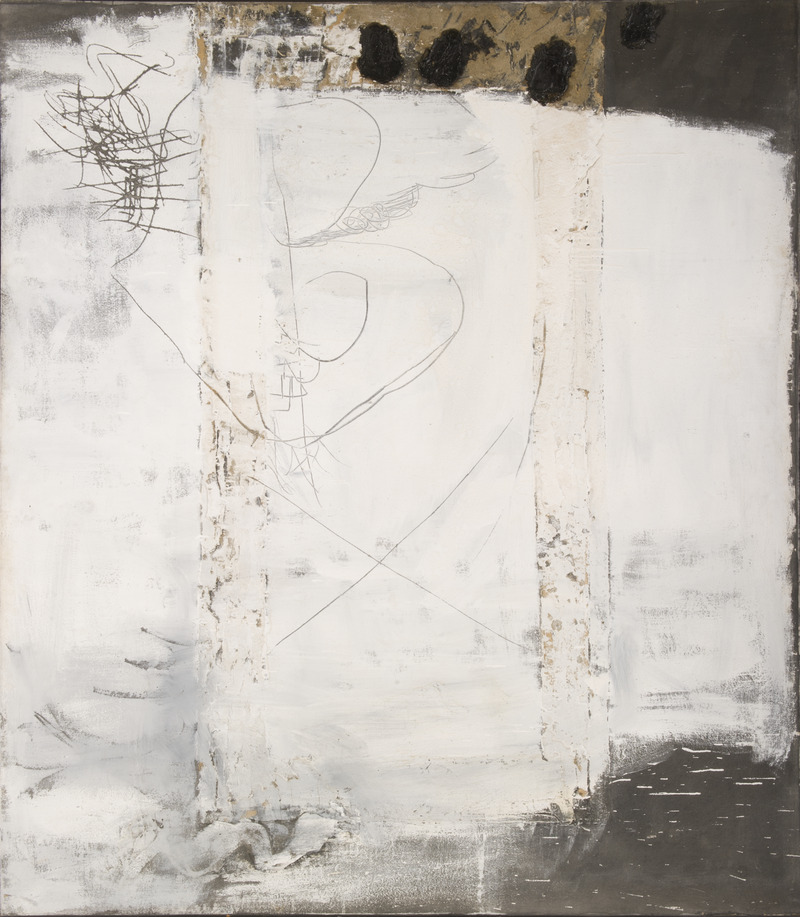
Antoni Tàpies
Blanco y Grafismos (White with Graphism)
1957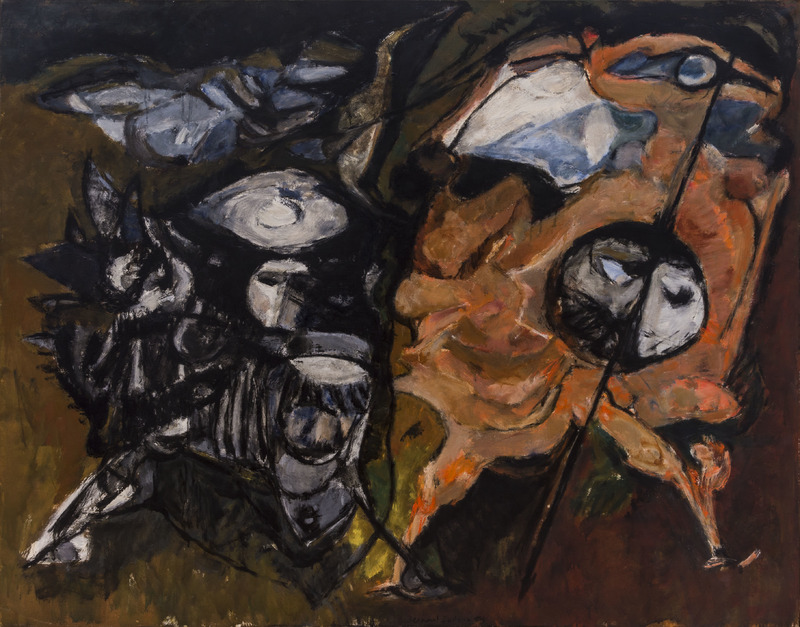
Bernard Dufour
Poursuite (Pursuit)
1959
Marino Marini
Horse and Two Acrobats
1957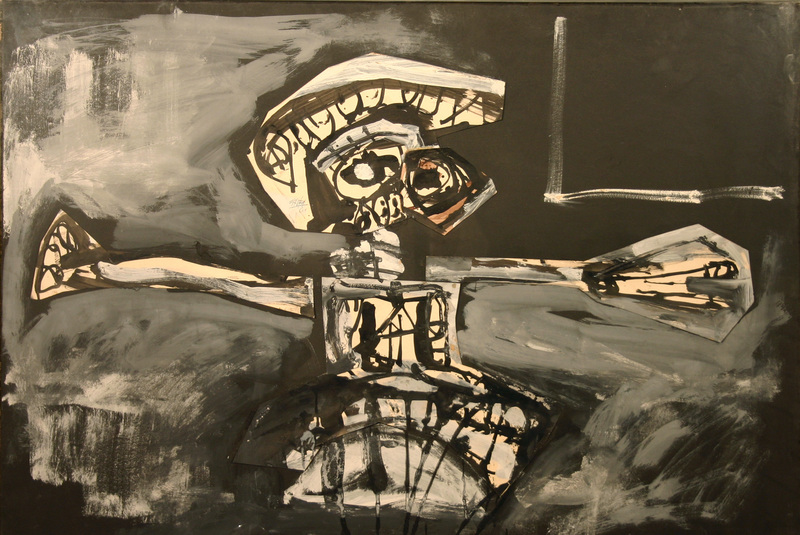
Antonio Saura
Crucifixion
1961Support
Support for the exhibition is provided by the William T. Kemper Foundation, the Hortense Lewin Art Fund, the Yeatman Fund, and members of the Mildred Lane Kemper Art Museum.